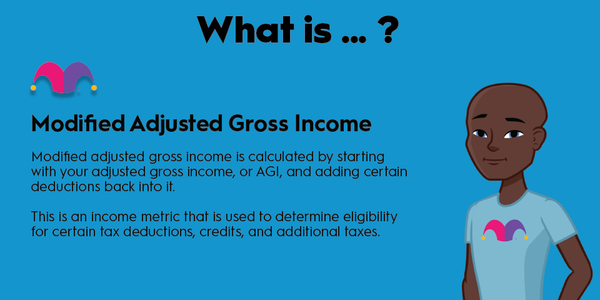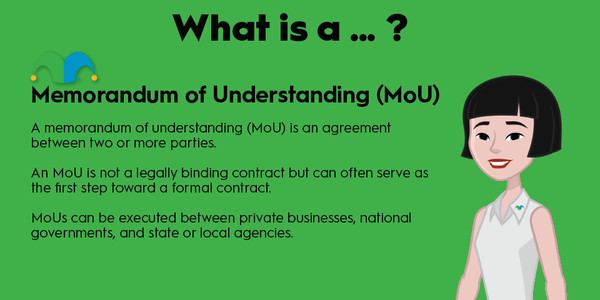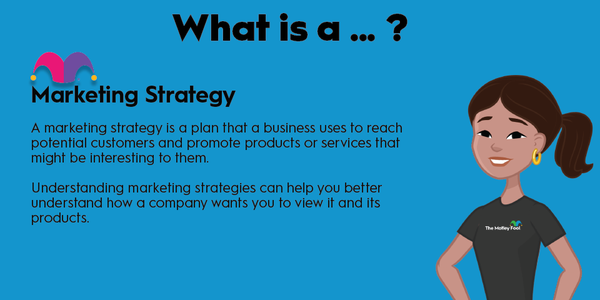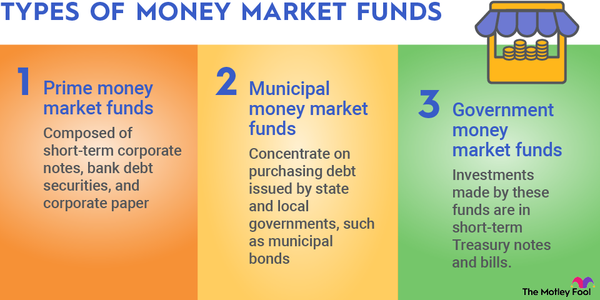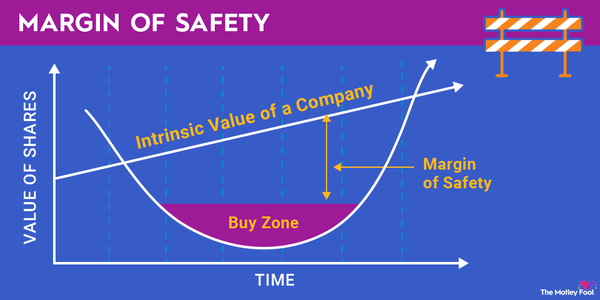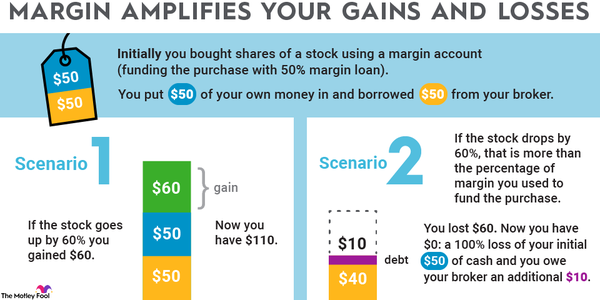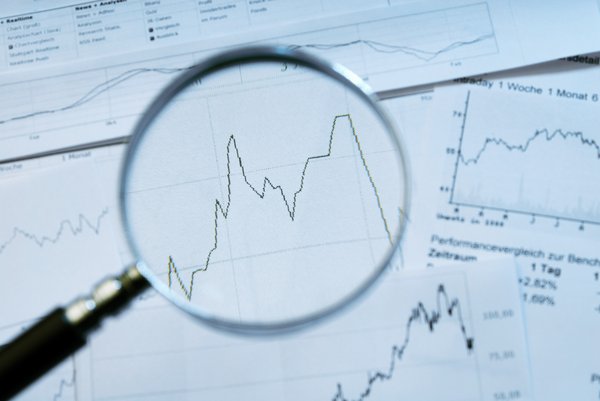While profitability is ultimately the most important factor in a business's long-term viability, there are other facets that business owners, analysts, and investors need to consider. Market share is often one of the most important elements in determining whether a business is profitable and the earnings it can generate.

What is market share?
What is market share?
Market share is the percentage of total revenue that a product, service, or company accounts for in a category. While a company may not need a high market share to succeed, it's almost always beneficial and shows that products and services resonate with the target customer base.
How should market share be interpreted?
How should market share be interpreted?
Market share can be interpreted along a variety of category distinctions and lines, including product pricing, geographic area, and release timing. For example, a relatively expensive, high-end car might have a large market share in the luxury auto market but still have a small sales share in the overall auto market. As another example, a carmaker could have a high market share in the U.S. but a much lower market share in other parts of the world.
Depending on how categories are broken down, a company may have more than one product or service competing for a share in the same market. For example, a beverage maker could produce multiple flavors of soda, with some offerings having a greater market share than others. On the other hand, combining sales numbers from all of the company's sodas and comparing that figure against total revenue from all players in the category may provide a better indication of how the business is performing in the space overall.
What is the relationship between market share and profit?
What is the relationship between market share and profit?
Market share is, first and foremost, a representation of relative sales strength, but it can also play an important role in shaping margins and overall profitability. In some cases, companies may be willing to lower prices or take on losses to improve their market share. Alternatively, businesses may opt to raise prices once they've reached a certain share because market strength and economic moats make it more difficult for competitors to enter and thrive.
As businesses increase in size, they often benefit from economies of scale. As the marginal cost to produce each additional product unit decreases, this creates a beneficial catalyst for profit margins. Sales and marketing budgets as a percentage of revenue also tend to decrease once a product or service is well known, adding another positive profitability catalyst.
Having a strong market share can also confer less immediately tangible benefits, such as improved brand strength. For instance, shoppers may be more likely to purchase a product or be willing to pay more for it if they know that it is a market leader.
Related investing topics
An example of market share dynamics in action
An example of market share dynamics in action
Amazon (AMZN 3.43%) is one of the world's largest companies and has market leadership in some very influential business categories. The company that helped spearhead the growth of the e-commerce industry remains by far the biggest online-retail player in the U.S. market. It's also the second-largest overall retailer by revenue in the country, with only Walmart (WMT -0.08%) generating more sales in the category.
Not only is Amazon a retail giant, but it's also the current market leader in cloud infrastructure services. Amazon Web Services accounts for more than 30% of the total cloud market and is a huge profit generator for the company. On the other hand, Microsoft (MSFT 1.82%) has been gaining market share at an impressive clip in recent years and now accounts for more than 20% of category revenue. The overall size of the cloud services market has continued to increase. So have Amazon's sales in the category, but it's got a powerful competitor nipping at its heels.
Outside of these two business pillars, Amazon has been able to use its market-leading position in e-commerce as the foundation for a push into the digital advertising industry. Amazon stands as the third-largest digital-advertising company in the U.S. by revenue, trailing behind only Alphabet (GOOG 9.96%)(GOOGL 10.22%) and Meta Platforms (META 0.43%) in the space. Amazon has been rapidly gaining market share from its two largest competitors in the ads market, and it looks like that trend is on track to continue.


